How Energy-Efficient Appliances Help Reduce Your Carbon Footprint
16 April 2025
In today’s world, where climate change is knocking loudly on our doors, reducing our carbon footprint is no longer just an option—it’s a necessity. But let’s be real: most of us aren’t about to give up air conditioning in the summer or heating in the winter. That’s where energy-efficient appliances come in, acting as silent warriors in the battle against excessive energy consumption.
If you care about saving money (who doesn’t?) and doing your part for the planet, switching to energy-efficient appliances is one of the smartest moves you can make. Let’s break it down and see exactly how these power-saving gadgets help reduce your carbon footprint.
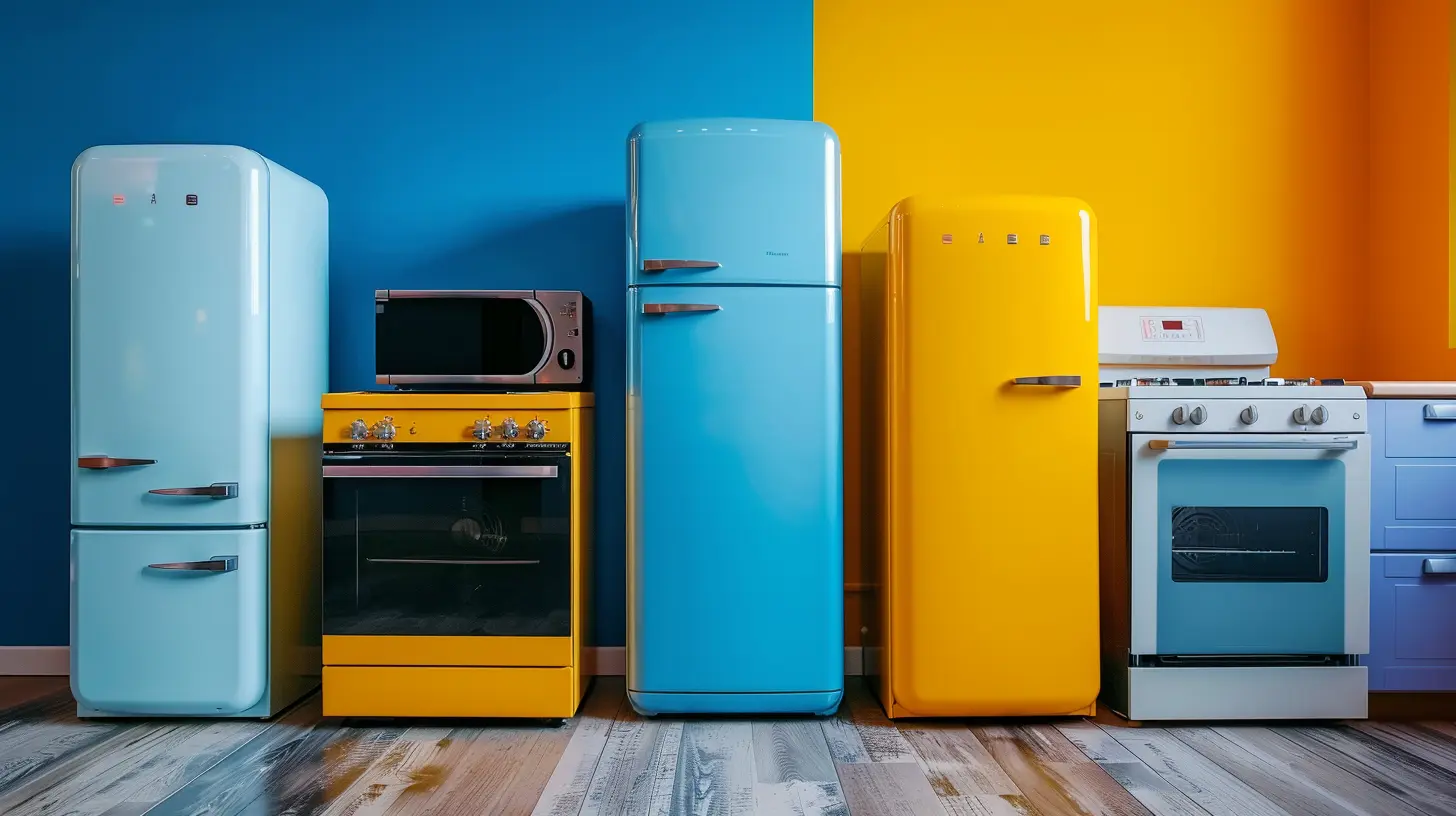
What Is a Carbon Footprint, and Why Should You Care?
Before we dive into the magical world of energy-efficient appliances, let’s get one thing straight—what exactly is a carbon footprint? It’s the total amount of greenhouse gases (mainly carbon dioxide) released into the atmosphere due to our daily activities. This includes everything from driving cars to using household appliances.Now, you might be thinking, "Okay, but why does that matter?" Well, excessive carbon emissions lead to catastrophic climate changes—think melting ice caps, deadly wildfires, and extreme weather patterns. So, if you want to keep enjoying things like breathable air and stable weather, it’s time to take action.
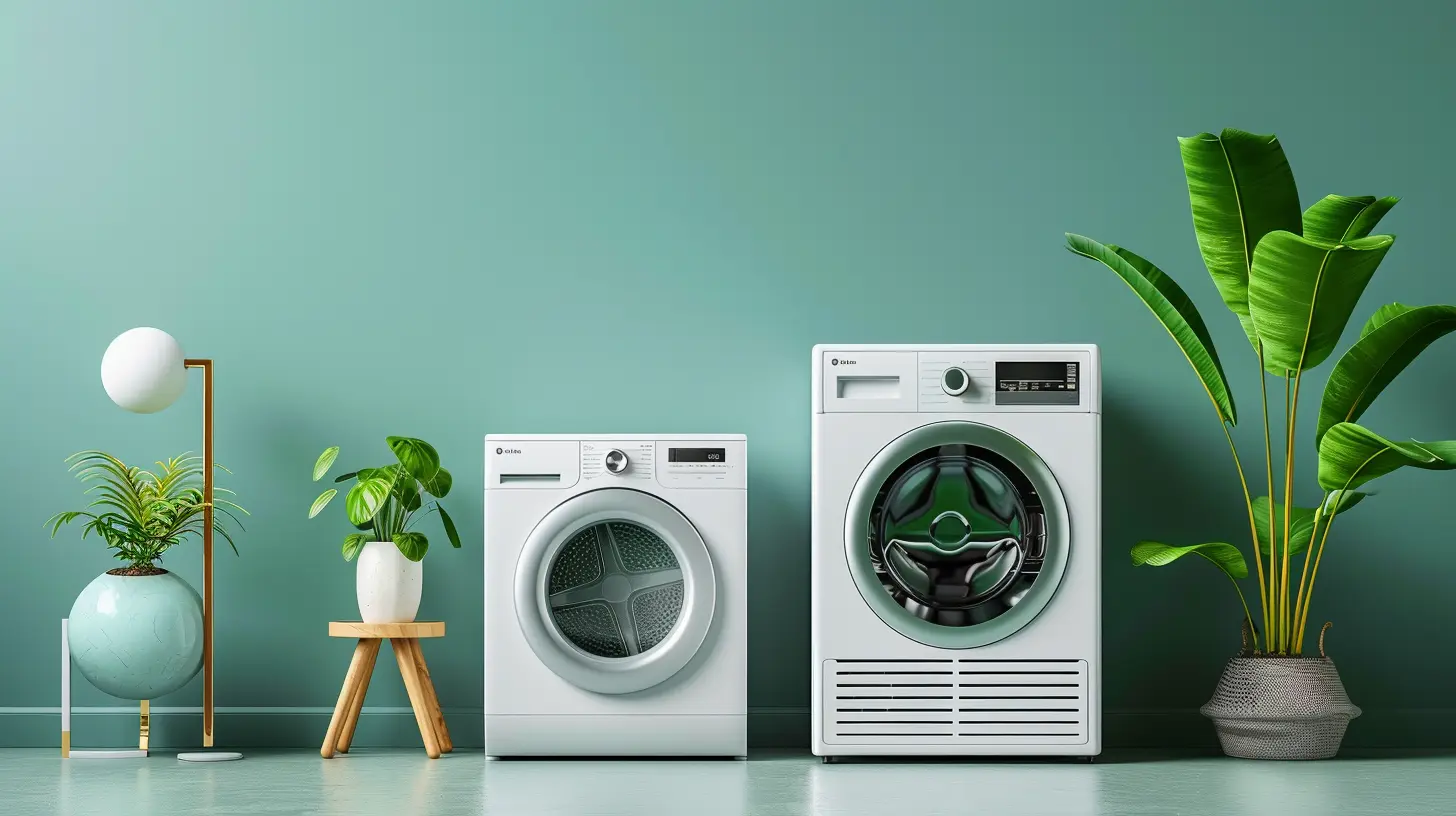
How Energy-Efficient Appliances Help Save the Planet
Switching to energy-efficient appliances isn’t just about cutting down your electricity bill (though that’s a nice bonus). These devices are designed to use significantly less energy while still delivering the same (or better) performance as their traditional counterparts. Let’s break down how they make a difference:1. Lower Electricity Consumption = Fewer Carbon Emissions
Energy-efficient appliances work smarter, not harder. They utilize advanced technology to perform the same tasks while consuming less electricity. And here’s the kicker: the less electricity you use, the fewer fossil fuels are burned to generate power. That means fewer carbon emissions dumped into the atmosphere.For example, ENERGY STAR-certified refrigerators use at least 15% less energy than non-certified models. The same goes for washing machines, dishwashers, and air conditioners. Multiply that energy savings over a year, and the impact is massive.
2. Reduced Strain on Power Grids = Fewer Blackouts
Ever experienced a power outage during peak summer or winter? That’s because power grids get overloaded when demand skyrockets. Energy-efficient appliances reduce the strain on power grids by consuming less electricity, reducing the risk of blackouts.By easing the demand on energy infrastructures, we also reduce the need for additional power plants, which are major culprits behind greenhouse gas emissions.
3. Less Water Waste
Energy-efficient washing machines and dishwashers don’t just save power; they also use significantly less water. Traditional washing machines can use up to 40 gallons of water per load, while a high-efficiency model cuts that down to about 15 gallons.Considering that freshwater is becoming scarcer, reducing water wastage is another huge win for the environment.
4. Smart Temperature Control = More Savings & Less Waste
Modern energy-efficient HVAC systems, refrigerators, and water heaters come with smart temperature control features. These systems can adjust automatically based on usage patterns, preventing unnecessary energy waste.For example, a smart thermostat can learn your schedule and adjust temperatures accordingly, ensuring you're not cooling or heating an empty house. This single upgrade can cut energy use by up to 10-15% annually.
5. Longer Lifespan, Less Electronic Waste
Here’s something most people don’t think about—appliances that run efficiently last longer. That means fewer appliances ending up in landfills, reducing electronic waste (which, by the way, contributes heavily to environmental pollution).By investing in durable, high-quality energy-efficient appliances, you’re not just saving money in the long run but also keeping old machines out of landfills.
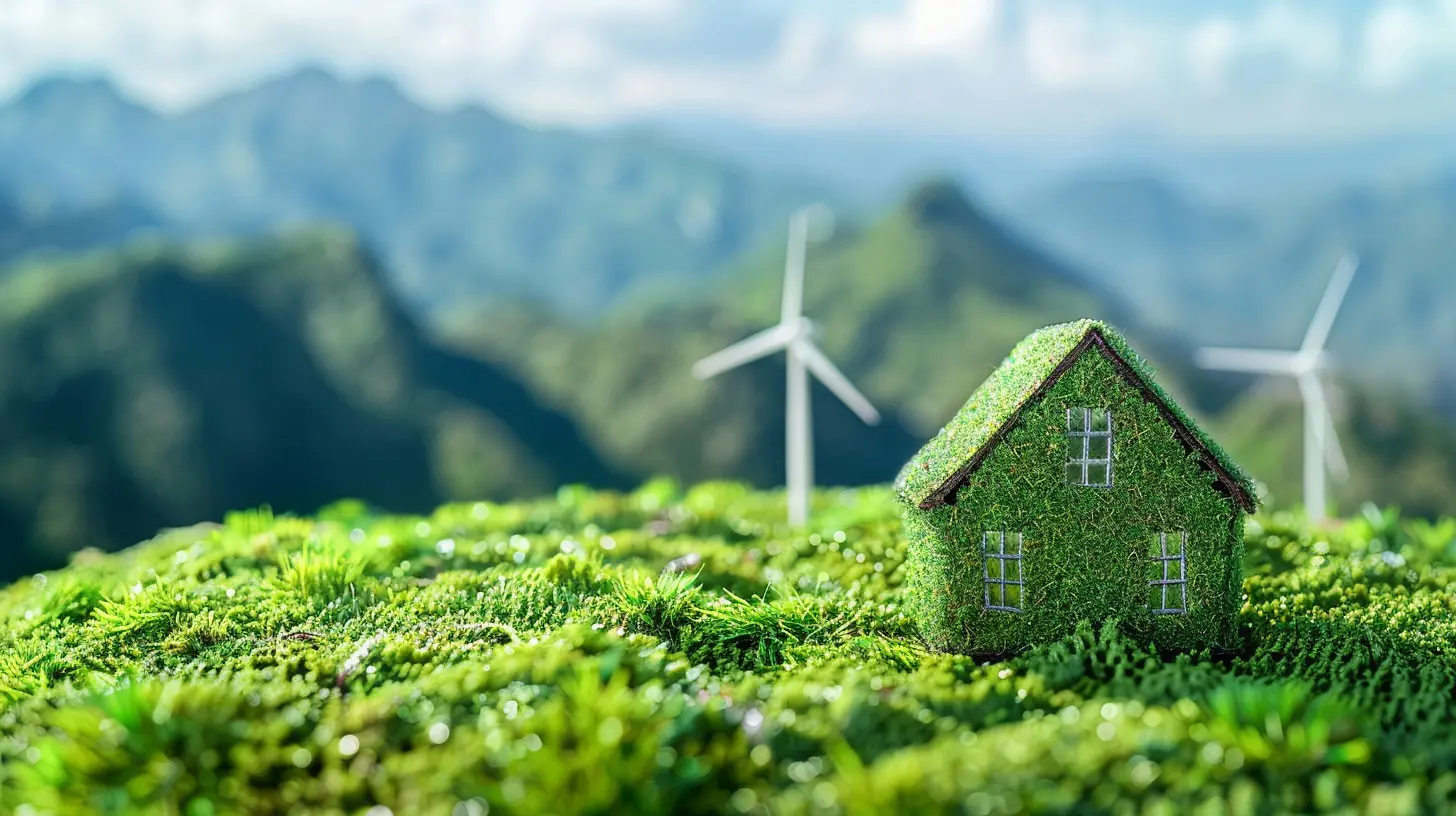
The Hidden Financial Benefits of Energy Efficiency
Let’s talk money. Because while saving the environment is great, saving some serious cash is even better. Energy-efficient appliances may have a higher upfront cost, but they pay for themselves over time. Here’s how:- Lower utility bills – You’ll see a noticeable drop in your electricity and water bills.
- Tax incentives & rebates – Many governments offer incentives for upgrading to energy-efficient appliances.
- Fewer maintenance costs – These appliances are built to last, meaning fewer repairs and replacements.
So, while you may spend a bit more initially, the long-term savings make it an absolute no-brainer.

How to Identify Energy-Efficient Appliances
Not all appliances are created equal, so be sure you’re actually picking an energy-efficient model. Here’s what to look for:1. Check for ENERGY STAR Certification
This is the gold standard when it comes to energy-efficient appliances. Any appliance with the ENERGY STAR label meets strict efficiency guidelines set by the U.S. Environmental Protection Agency (EPA).2. Look at the Energy Guide Label
This handy yellow sticker (required by law) gives you an estimate of the annual energy consumption and cost of operating the appliance.3. Compare Energy Ratings
Different models have different efficiency ratings, so always compare before purchasing. The higher the rating, the better the efficiency.4. Opt for Smart Technology
Appliances with smart sensors, timers, and automation can drastically reduce energy wastage.Practical Ways to Maximize Energy Efficiency at Home
Switching to energy-efficient appliances is a great start, but why stop there? Here are a few extra tips to reduce your carbon footprint even more:- Unplug appliances when not in use – Even when turned off, many devices still draw power (this is called phantom energy).
- Use LED bulbs – They use 80% less energy than traditional incandescent bulbs.
- Run full loads – Avoid running your washing machine or dishwasher unless it’s completely full.
- Adjust your thermostat – Keep your home at optimal temperatures to avoid excessive cooling or heating.
Final Thoughts: Every Small Change Adds Up
Let’s get one thing straight—you don’t have to live off-grid to make a difference. Small, intentional changes, like upgrading to energy-efficient appliances, can have a massive impact on both your wallet and the planet.So, the next time you’re in the market for a new refrigerator, washing machine, or even a light bulb, go for the energy-efficient option. It’s a simple, smart choice that benefits both you and future generations.
Now, are you ready to start slashing your energy bills and cutting down on carbon emissions? There’s no better time than now to make the switch!
all images in this post were generated using AI tools
Category:
Renewable EnergyAuthor:

Michael Robinson
Discussion
rate this article
9 comments
Oscar Kane
Embracing energy-efficient appliances is more than a smart choice—it's a powerful commitment to our planet’s future. By reducing our carbon footprint, we take bold steps toward sustainability, preserving resources for generations to come. Let’s innovate our homes and ignite change together!
May 10, 2025 at 7:21 PM

Michael Robinson
Thank you for your insightful comment! Embracing energy-efficient appliances is indeed a crucial step toward sustainability and a healthier planet. Together, we can make a significant impact!
Kenna McCracken
Switching to energy-efficient appliances is like trading in your gas-guzzler for a bicycle—great for the planet and your wallet! Plus, who doesn’t love appliances that save energy and keep the lights on for late-night snack raids?
April 25, 2025 at 8:29 PM

Michael Robinson
Absolutely! Energy-efficient appliances are a smart choice for both the environment and your finances, proving that small changes can lead to significant benefits. Plus, they make late-night snacks much more enjoyable!
Marni McCallum
Great insights on the impact of energy-efficient appliances! It's encouraging to see how small changes can collectively make a significant difference. Thank you!
April 25, 2025 at 10:35 AM

Michael Robinson
Thank you for your positive feedback! I'm glad you found the insights valuable. Small changes do add up!
Haze Kim
Investing in energy-efficient appliances is not just smart for your wallet; it’s a crucial step towards a sustainable future. Every small choice contributes significantly to reducing your carbon footprint.
April 23, 2025 at 2:42 AM

Michael Robinson
Thank you for your insightful comment! Investing in energy-efficient appliances truly makes a difference, both financially and environmentally. Every small step adds up to a more sustainable future.
Ariana Russell
Energy-efficient appliances are a smart choice for reducing carbon footprints and saving on utility bills.
April 20, 2025 at 3:38 AM

Michael Robinson
Thank you for your insightful comment! Energy-efficient appliances indeed play a crucial role in minimizing our environmental impact while saving money in the long run.
Stacey Cain
Great article! It's inspiring to see how small changes, like using energy-efficient appliances, can significantly impact our environment. Every effort counts in reducing our carbon footprint!
April 19, 2025 at 6:38 PM

Michael Robinson
Thank you! I'm glad you found it inspiring. Every small change truly makes a difference in protecting our environment!
Harlow McCray
Embrace energy-efficient appliances for a greener, brighter future!
April 18, 2025 at 12:27 PM

Michael Robinson
Absolutely! Embracing energy-efficient appliances is key to reducing our carbon footprint and fostering a sustainable future.
Myles McPhee
Great insights! Every small step towards efficiency makes a difference.
April 17, 2025 at 6:20 PM

Michael Robinson
Thank you! Every effort counts in creating a more sustainable future.
Shania Phelps
Great insights on energy efficiency's impact on sustainability!
April 16, 2025 at 2:17 AM

Michael Robinson
Thank you! I'm glad you found the insights valuable. Energy efficiency is crucial for a sustainable future!
MORE POSTS

How Virtual Reality is Empowering Remote Work in the Digital Age
The Best Fitness Smartwatches for Tracking Your Health Goals

Travel-Friendly Gadgets for Long Train Rides
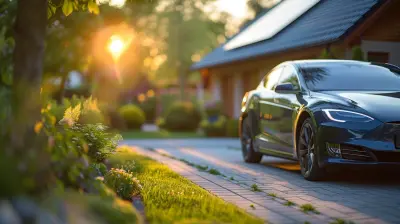
The Benefits of Solar-Powered Carports and Garages
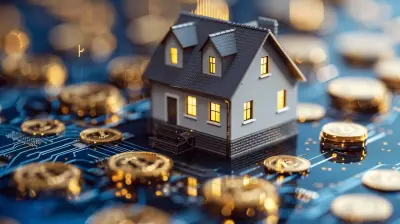
Blockchain and Real Estate: Tokenizing Property Ownership
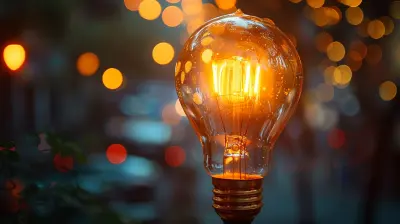
How to Scale Your Tech Startup Without Losing Innovation

How Virtual Reality Could Change the Future of Dating and Relationships